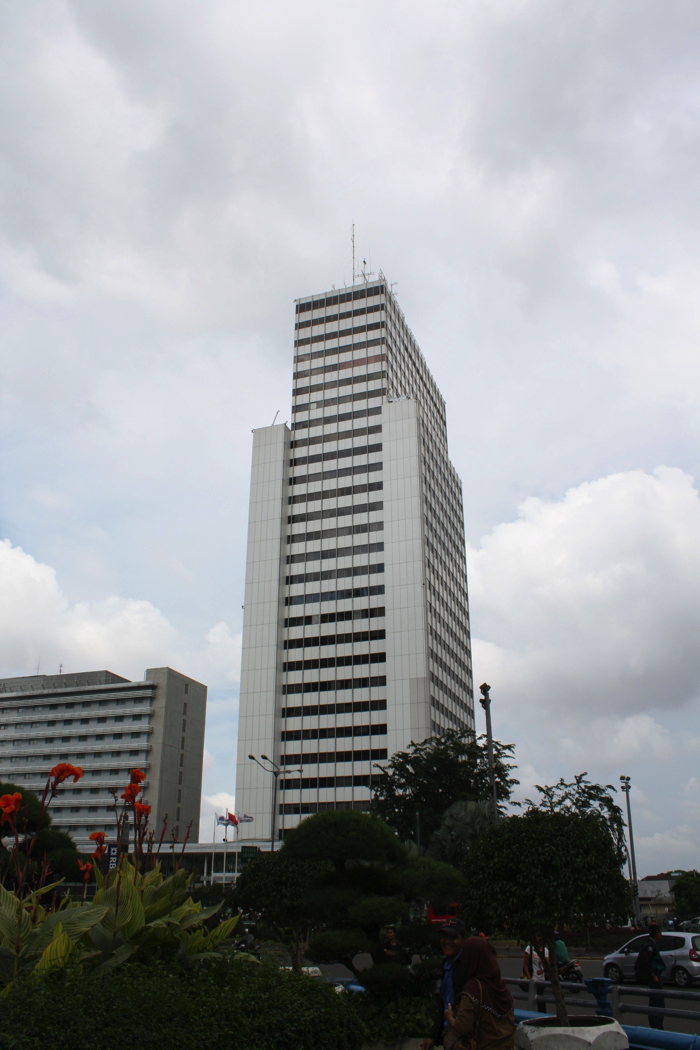- Project Leader : Tanigawa Ryuichi (Kanazawa University, Institute for Frontier Science Initiative)
- Collaborators : Okamoto Masaaki (Kyoto University, The Center for Southeast Asian Studies)
- : Hayashi Kengo (The University of Tokyo, Institute of Industrial Science)
- : Mimura Yutaka (Research Institute for Humanity and Nature, RIHN Center)
- : Yamashita Tsuguta (Kyoto University, Graduate School of Letters)
Outline of Research
This is an interdisciplinary research on Japanese war reparation projects in Southeast Asia, particularly in Indonesia, from the viewpoint of architectural and civil engineering history. It aims to analyze the meaning of those projects to Japan and Southeast Asian countries and get a new perspective and better understanding of the relationship among those countries as well as the US and the USSR throughout 20th century.
The research will follow the steps described below.
1. Construct an overview of Japanese war reparation construction projects in Indonesia by conducting a document survey in Jakarta and Japan.
2. Collecting oral histories from engineers and developers in Japan and local workers in Indonesia.
Description
This project will analyze Japanese war reparation projects in Southeast Asia, particularly in Indonesia (which have been the important topic in the field of economic or political history) from the viewpoint of architectural and civil engineering history. The research will uncover the meaning of the Japanese war reparation projects to Japan and Southeast Asian countries. Researchers from the Institute for Frontier Science Initiative of Kanazawa University, the Center for Southeast Asian Studies of Kyoto University, the Institute of Industrial Science of the University of Tokyo, and the Research Institute for Humanity and Nature will collaborate across disciplines for this research.
Japanese war reparation projects mainly consisted of large infrastructure construction projects, including hydro-power plants, tunnels, and bridges. These had significant impacts on the local space. Those projects were controlled by engineers who engaged in Japanese colonial development projects before the Second World War. They had high technical knowledge and skills that they had refined through colonial development projects, especially on the Korean Peninsula. War reparation projects like previous colonial-era projects, also employed local people as construction laborers. Taking these historical facts into consideration, we aim to gain new perspectives and better understanding of the relationship between Japan and Southeast Asia as well as the US and the USSR throughout 20th century.
First we will construct an overview of Japanese war reparation projects from the 1950s to the 1980s in Southeast Asia. Second, we will collect project documents from government and private sector archives, such as that of Kajima construction company in both Tokyo and Jakarta with which we already have a network. At the same time, we will collect oral histories from Japanese engineers and developers, as well as Indonesian local laborers. We plan to publish a joint paper of our findings in an academic journal in the field of architecture or civil engineering.
 Wisma Nusantara, 1972 (War Reparation) |
 Neyama Tunnel, 1961 (War Reparation) |
